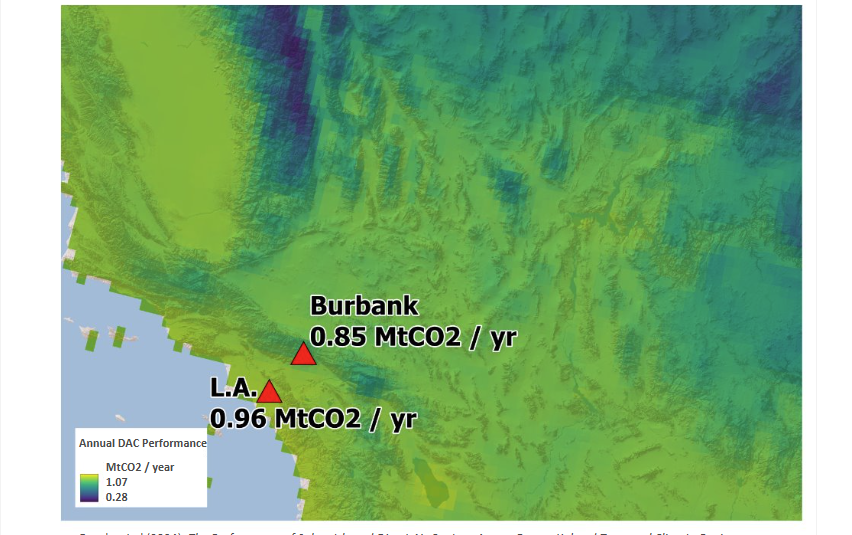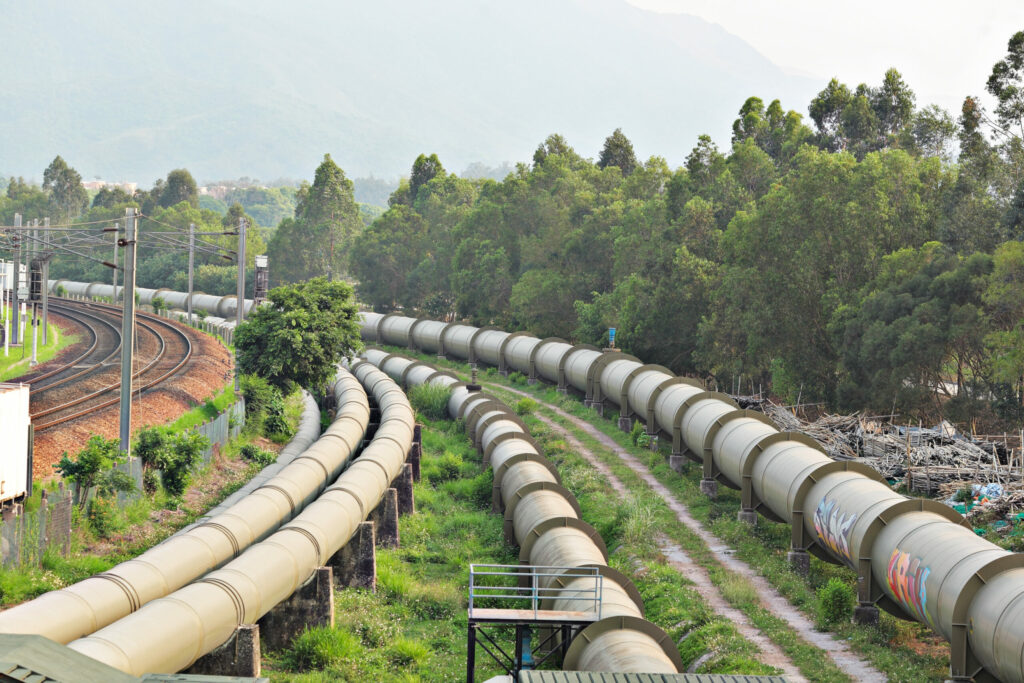Report: Geospatial Estimation of the Electric Power Potential in Sedimentary Basin Geothermal Resources Using Geologically Stored Carbon Dioxide

Read the full report here.
Report: GPI’s Carbon and Hydrogen Hubs Atlas

Report: Using Sedimentary Basin Geothermal Resources to Provide Long-Duration Energy Storage

Read full report here.
NECTAR: A Rapid Decision Support Tool for Negative CO Emission Hybrid Energy System Development and Analysis

The Negative CO₂ Emission Transition Roadmap (NECTAR) was developed as a decision support tool to facilitate the strategic deployment of Direct Air Capture with Carbon Storage (DACCS) and other carbon dioxide removal (CDR) technologies.
PSHAUM: Innovative Energy Storage Technology

Despite exponential growth in utility-scale battery storage in recent years to approximately 1 gigawatt operating capacity, pumped-storage hydropower (PSH) still accounts for over 90% of all utility-scale storage in the U.S. and globally. PSH is a proven, cost-effective technology that is poised for massive expansion throughout the U.S. if the “ΔH challenge” can be solved.
SEEJust: Siting Hydrogen for Equity and Energy Justice

This tool allows site developers, industry, community members, and environmental justice advocates to look at the same data at all stages or project planning in one place. SEEJust will help raise awareness and integrate community benefits at the beginning of the project.
Webinar: The Role of Landmen in the Energy Sector: Key Players in Understanding Land Rights

The primary objective of the Uinta Basin CarbonSAFE phase II project is to establish the technical and economic feasibility of a commercial-scale CO2 geological storage complex in the northeast Uinta Basin, Utah, to sequester at least 50 million metric tons of captured CO2 securely and economically from the Deseret Power Electric Cooperative Bonanza Power Plant and other sources in 30 years.
